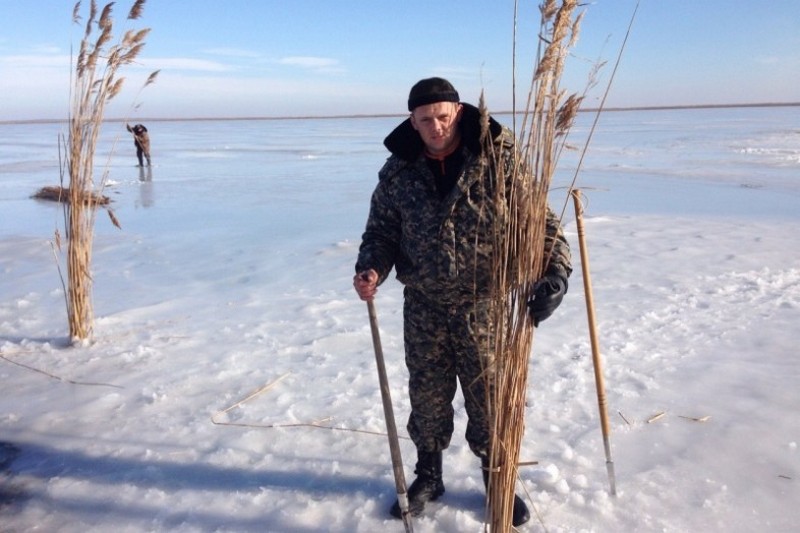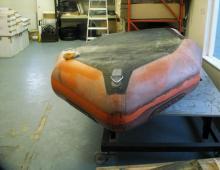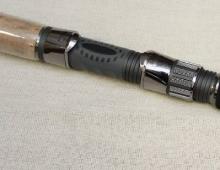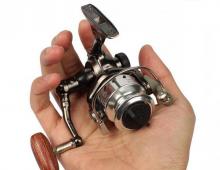Making an ice hole means saving the fish?
Freezing phenomena can be observed in some reservoirs and rivers with the onset of frost. They are terrible because of them the fish die.
The Stolin Interdistrict Inspectorate for the Protection of Fauna and Flora spoke about the deadly phenomena and how to prevent their consequences.
– The so-called freezing phenomena are caused by a lack or absence of oxygen in the water when its surface is covered with a thick layer of ice. Most often this occurs in shallow, silty and heavily overgrown areas. Zamora cause significant economic damage, as the fish productivity of such reservoirs decreases., - explains the deputy. Head of the Stolin Interdistrict Inspectorate Vitaly Moroz.
The most sensitive to lack of oxygen are perch, pike, roach, bream, and ide. Less sensitive are crucian carp and carp. According to the norm, the water should contain 4-7 mg / l of oxygen. If its amount drops to 1-2 mg / l, then the fish dies.
The cause of death can be the decomposition of hard aquatic vegetation (this process leads to a decrease in oxygen levels). Another reason is the presence of snow on the ice, which makes it difficult for gas exchange in the water, and due to low light, algae emit very little oxygen. In order for at least the minimum amount of light necessary for the assimilation of plants to penetrate into the water, the layer of snow on ice should not be thicker than 5-10 cm.

- During the freeze-up period, water is enriched with oxygen through ice holes. Watching them, it is easy to notice signs of freezing phenomena: with a lack of oxygen, fish will begin to approach the ice holes- notes Vitaly Moroz. - Fishermen can provide all possible assistance in preventing freezes by clearing snow and forming numerous holes. So that they do not freeze, reeds can be laid in the holes. At the same time, fishermen should remember that access to the ice is allowed with its minimum thickness of 5 centimeters, which in some cases may not be enough. And it is recommended to cut holes in the first ice at a distance of no closer than four meters from one another.



